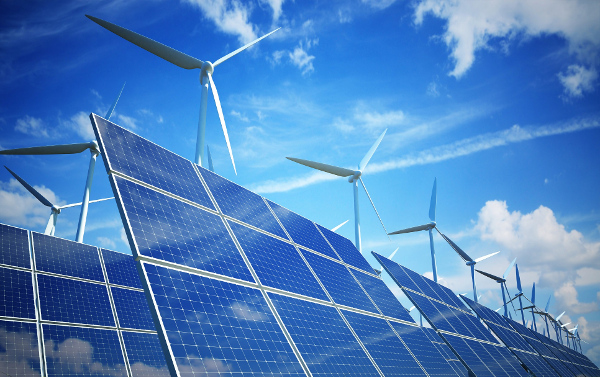On Wednesday, India climbed up rank to third place in EY’s Renewable Energy Country Attractiveness Index, driven by strong performance in solar PV, with solar PV capacity expected to surpass coal before 2040.
The US ranks at the top of the Index and is anticipated to maintain that position. China has continued to be a major market, maintaining second place with 72.4 GW of new wind power estimated for 2020.
Somesh Kumar, Partner and National Leader, Power & Utilities, EY India, said, “India has jumped one spot from its previous position in the ranking, owing to its outstanding performance in solar PV. India’s installed solar PV capacity has increased to 39 GW, nearly exceeding wind capacity for the first time.”
He added that solar PV’s economic value and strong competition from the private sector have resulted in record-low tariff offers.
India’s solar market is projected to grow rapidly, with solar PV generation predicted to surpass coal before 2040, owing to the government’s policy aspirations, which have made solar PV a cost-competitive source of power in the region, which is likely to improve further with the passing time.
Despite the effects of the global COVID-19 pandemic, global renewable energy capacity investments increased by 2% to US$ 303.5 billion in 2020, the second-highest annual number ever reported.
Future development to attain net zero would demand an additional US$ 5.2 trillion investment, highlighting the importance of institutional investors in supporting the energy transition.
Mr. Ben Warren, EY Global power and utilities corporate finance leader and report’s chief editor said, “The economic impact of the pandemic appears to have refocused investors’ attention… As a result, institutional investors have agreed to bring climate-risk concerns into their decision-making strategies, resulting in new investment models for renewable energy development.”
Japan and South Korea, both in East Asia, were ranked eighth and seventeenth, respectively. According to the report, East Asia has a significant stream of clean-energy projects, with over 800 shovel-ready schemes totalling US$ 316 billion in investment potential.
Source: IBEF
You may also like
-
Dot Simplifies Approval Processes For Telecom Licenses And Wireless Equipment
-
PM to Inaugurate SEMICON India 2024 on 11th September
-
Shri Piyush Goyal Sets 500 Million Tonnes Domestic Steel Production Target by 2034
-
NHAI to Track Around 100 Toll Plazas with GIS-Based Software for Seamless Movement of Traffic at National Highways
-
“Marching Towards Building A Digitally Connected Bharat and An Atmanirbhar Telecom Sector”: Union Minister Jyotiraditya Scindia
